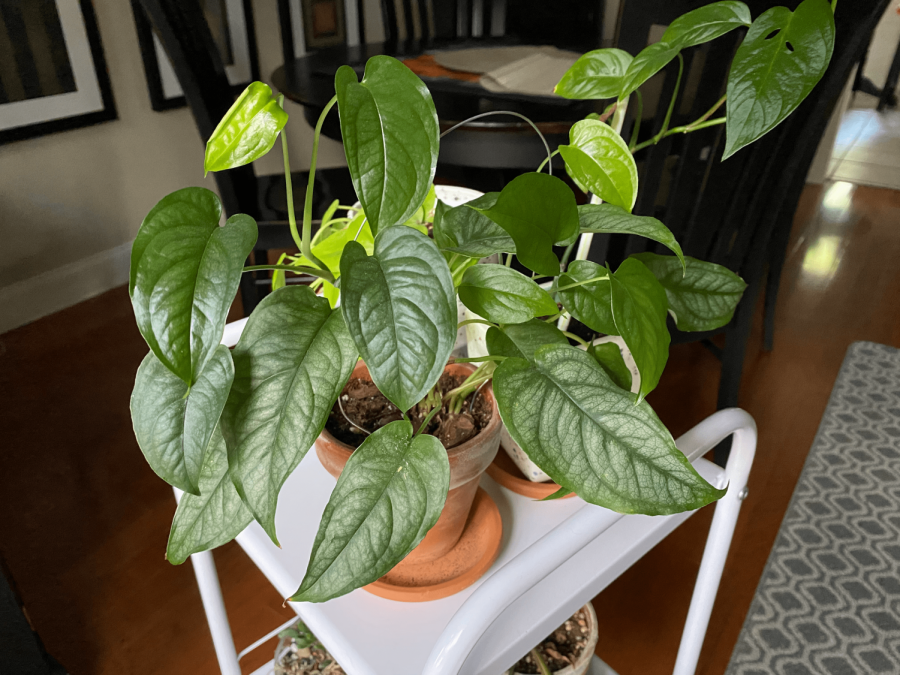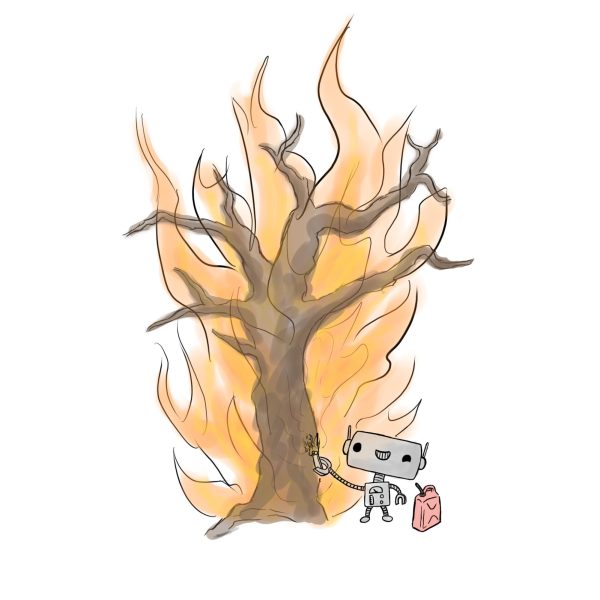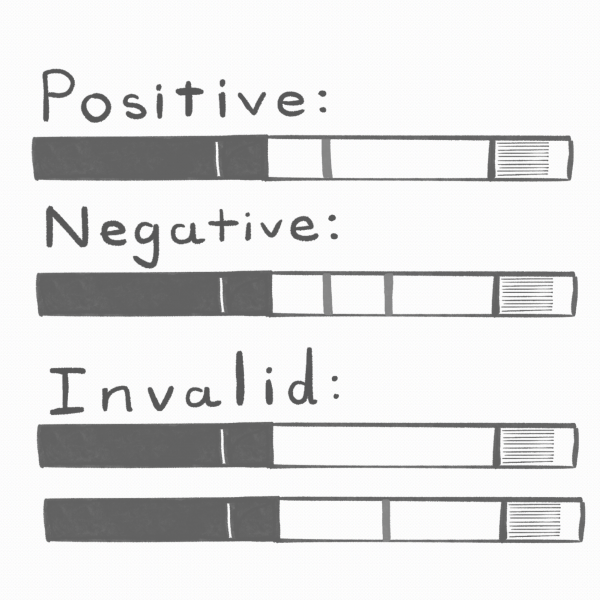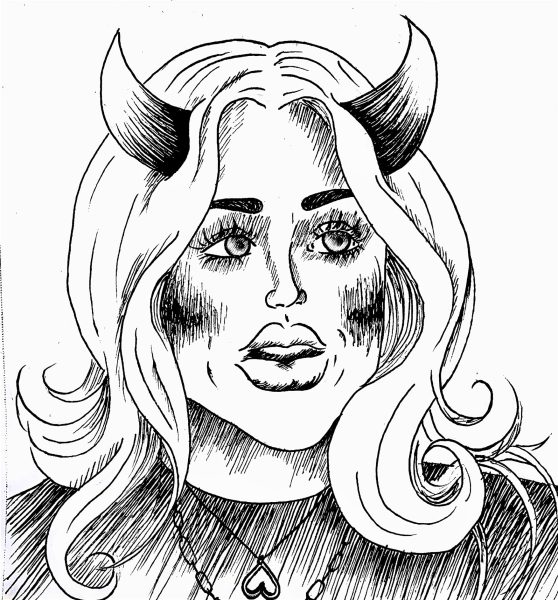So your houseplant died, now what?
Killing your houseplant doesn’t make you a bad plant parent.
When I packed up my room in Prassel this March and came home, my 60 houseplants came with me. After unpacking everything at home and tucking my storage boxes into the corner of my room, I turned to look at the three storage tubs of plants that I had yet to unpack. Where would I put them? My room has one window, the neighboring house and trees blocking a good amount of sunlight from reaching my room. Would they even get enough light to make it through the spring?
The answer? It’s complicated. Of the 60 plants I brought home in March, only about 30 made it to May. Inconsistent sunlight paired with my bout of extreme stress and depression didn’t bode well for my plants, who needed care that I was not able to provide myself, much less them.
It’s pretty depressing to take three or four plants at a time to your backyard to dump their shriveled-up remains into the compost and clean out their pots, over and over until all 30 or so carcasses are cleared from your room. It’s especially depressing when they all meant something to you at one point and served as a symbol of your growth over the past year.
We’re told that death is final, and it is. But the death of your houseplant, whether it be a succulent you picked up at the Pearl’s farmers market or a vining pothos you bought from HEB, doesn’t mean that you’re a bad plant parent. It doesn’t mean you can’t go out and get another plant, or that you’re incapable of keeping plants alive.
As seemingly minuscule as a plant — alive or dead — may appear to some, I have heard from many friends over the years that they “just don’t have a green thumb,” or that they “kill any plant that they touch.” This simply isn’t true.
So much about plant care — or plant parenting, which is more fun to say — is about taking care of yourself first. When I have been at my lowest point, my plants have been too. During the weeks that I find myself feeling down and tired, my plants’ leaves are drooping and limp, begging for water; the times when I become so fatigued that I just want to curl up in a ball and sleep, my plants’ leaves are curling in too, due to lack of sunlight and nutrients.
It’s okay if your desk-mate houseplant or succulent dies. It’s also okay if half of your 60 houseplants die. You’re not a bad person for killing your houseplants.
I know that the things we get in the hopes that we will fuel its growth and tend to it, like a plant, are meaningful to us, and it can therefore hurt to watch them die or go uncared for. Trust me, I bought my first succulent after my grandmother died and named it after her, just for it to die three weeks later — not a great move on my part and not something that I recommend anyone else do.
One of the greatest lessons I’ve derived from plant care is: In order to take care of those around you to the degree that you wish, you must take care of yourself as well. Taking care of yourself doesn’t mean that you have to feel great; it’s okay and normal to have bad days, weeks and months. What it does mean is learning to be patient with yourself and to not set unattainable expectations, like that you’ll be able to keep your first-ever plant alive for years and years. Taking care of yourself means being kind to yourself, especially when you are experiencing feelings of self-doubt or facing challenges, whether they be mental, physical or academic.
Having a seemingly natural green thumb is great, but it’s also okay if, as the seasons (or weeks) change, your green thumb turns into a ‘brown thumb.’ You wouldn’t expect your friend to be perfectly happy and healthy every single day, so don’t expect that of yourself either. And sometimes, that means that you kill a houseplant or two — or 30.






